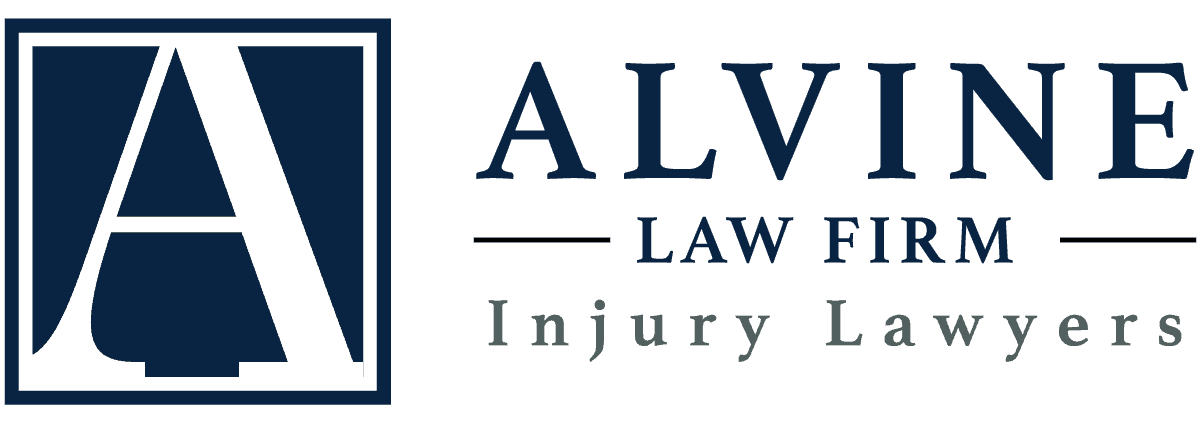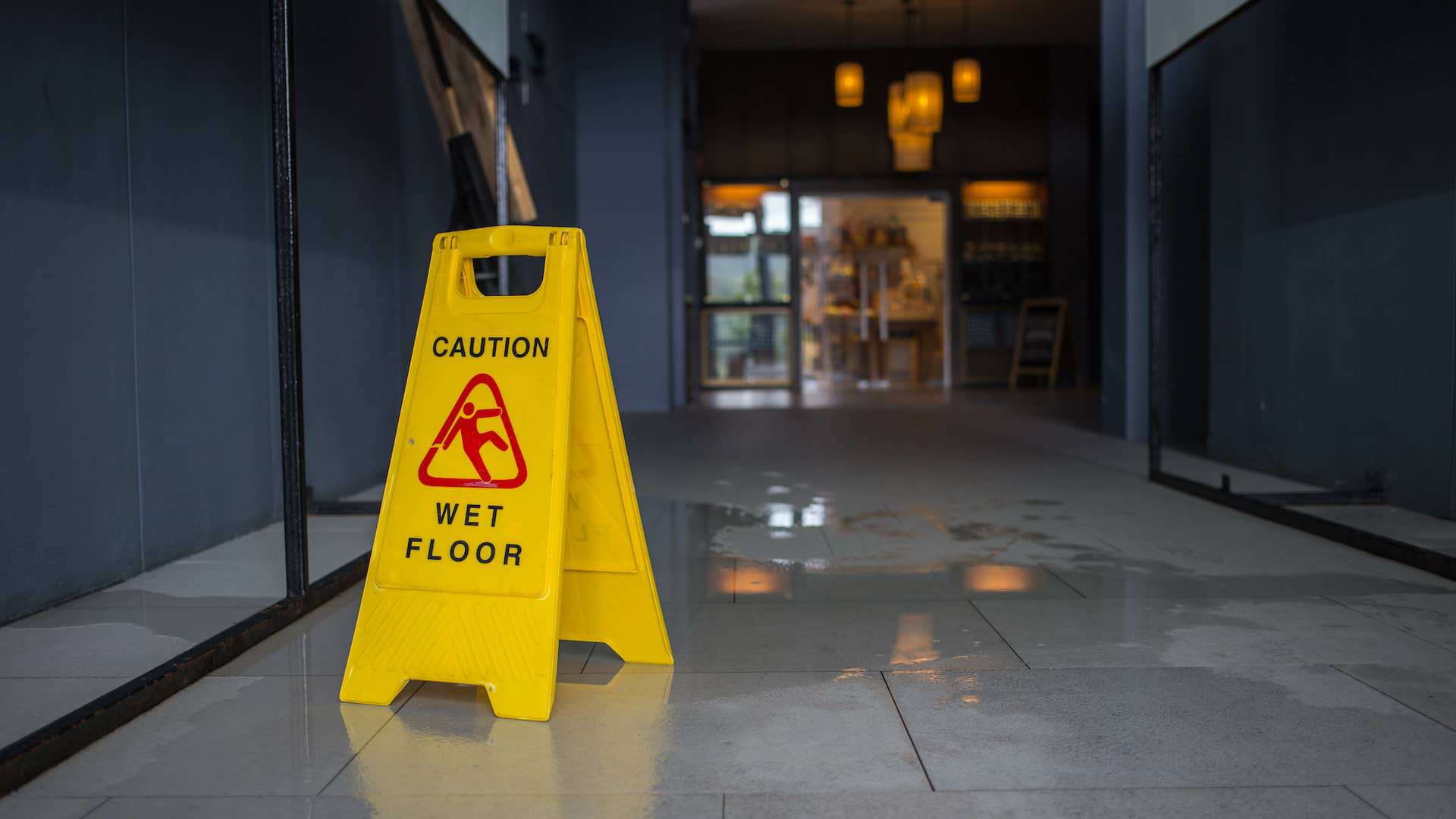If you slip, trip, and fall in a public or private location, you have the right to file a personal injury claim against the negligent party. This type of incident is referred to as a premises liability claim and is used to help you recover compensation for your injuries.
Significant injuries may occur during a slip and fall accident, resulting in excessive medical treatment costs and, for some, permanent disability. If a property owner doesn’t maintain a safe environment for its customers or visitors, they can be held liable for the victim’s medical treatment and ongoing recovery costs.
What Should You Do After a Slip and Fall Injury?
For most adults, falling isn’t a regular occurrence. The sudden jolt that occurs and the pain of the injury may result in you feeling disoriented and confused. If you are rushing to seek medical help, you may forget to look around, observe what caused your fall, and document all the factors that led to your fall.
However, these are important steps since you must prove that there were unsafe conditions present and that the property owner was responsible for taking care of them. These are factors that are essential when it comes to establishing liability and negligence.
It’s smart to get in touch with an experienced accident lawyer to help gather evidence regarding the property owner’s negligence. Once this has been established, it is possible to gather other evidence proving that the slip and fall you experienced is what led to your injuries.
Be sure to gather as much information as possible regarding the property. This includes the maintenance and cleaning records for the property and proof that the owner required employees to repair hazardous conditions as quickly as possible. Besides spilled liquids (a common cause of slip and fall accidents), other factors may also cause these, including debris in walkways, uneven flooring, poor lighting, and frayed carpeting.
Steps to Proving the Property Owner Was Negligent and Responsible for the Accident
You can use many sources in court to show that the property owner was negligent and that their negligence led to your slip and fall accident. Any record or detail related to the accident can help to prove liability for the fall, and receipts related to treating injuries will help support damage claims. Some of the most common sources include:
- Video footage from any security cameras on or around the property.
- Photos taken of the hazard and where the accident occurred, especially if taken immediately after the accident.
- Accident reports from rescue squads or EMTs.
- Statements from any witnesses who saw what happened.
- Hospital bills and other medical costs.
- Patient records for medical treatment
- Receipts for any non-medical costs that the victim experienced.
Proving that the property owner is negligent will show the jury that the compensation request is fair and deserved. Also, proving the extent of your injuries will show that the damage amount you have requested is fair. When it comes to proving liability, there are three things that you must show:
- The owner did not maintain the property in a reasonable or fair condition.
- The owner was aware of or created the hazardous condition that led to your slip and fall incident.
- The owner was aware of the hazardous conditions present but didn’t warn visitors, renters, or others of the situation.
Another important consideration is if you had permission to be where you were injured. You can be an invitee or licensee on someone else’s property. The licensee is on the property for a business purpose, such as a customer or contractor. An invitee is someone who is on the property for a certain purpose, such as an event or party. If someone doesn’t have permission to be on the property and is trespassing, they will not be able to file a claim or receive compensation.
Types of Damages You May Recover in a Slip, Trip, and Fall Accident
While most slip, trip, and fall accidents only cause minor injuries that will heal rather quickly, more than 800,000 people each year are hospitalized after they have experienced a fall. Victims may experience internal organ damage, broken bones, traumatic brain injury, paralysis, neck or spinal damage, and other injuries. Falls outside of a business or property on the pavement may result in serious lacerations and skin abrasions from debris. The bills for medical treatment and your recovery can add up fast, especially if you can’t work.
It’s possible to recover both economic and non-economic damages in premises liability cases. Some examples of these include:
Economic Damages
Some types of economic damages that you may be able to recover include:
- Hospital costs
- Any accident-related medical expenses
- Physical therapy costs
- Lost earnings potential
- Lost income
- Insurance deductibles and co-pays
Non-Economic Damages
Some types of non-economic damages you may be entitled to receive include:
- Physical pain and suffering
- Mental anguish
- Loss of enjoyment of life
In some states, the non-economic damages are limited. Also, comparative negligence laws may apply and impact the amount of compensation that you can receive. In some situations, if you are found to be over 50% at fault for the slip and fall accident, you won’t be allowed to collect any damages. For a fault percentage of 49% or less, the damage award is reduced by that amount. It’s important to get in touch with an accident injury attorney to know what compensation you may be able to recover.
Don’t Wait to Contact an Experienced Accident Injury After a Slip and Fall Incident
If you are injured in a slip-and-fall accident on someone else’s property, you must contact an accident attorney immediately. Having legal representation will ensure you get a fair amount of compensation for the injuries you have suffered. They will also work to protect your rights in this situation. The longer you wait to seek legal representation, the more difficult it may be to prove your case. Remember all this information if you have been injured in a slip and fall accident.

